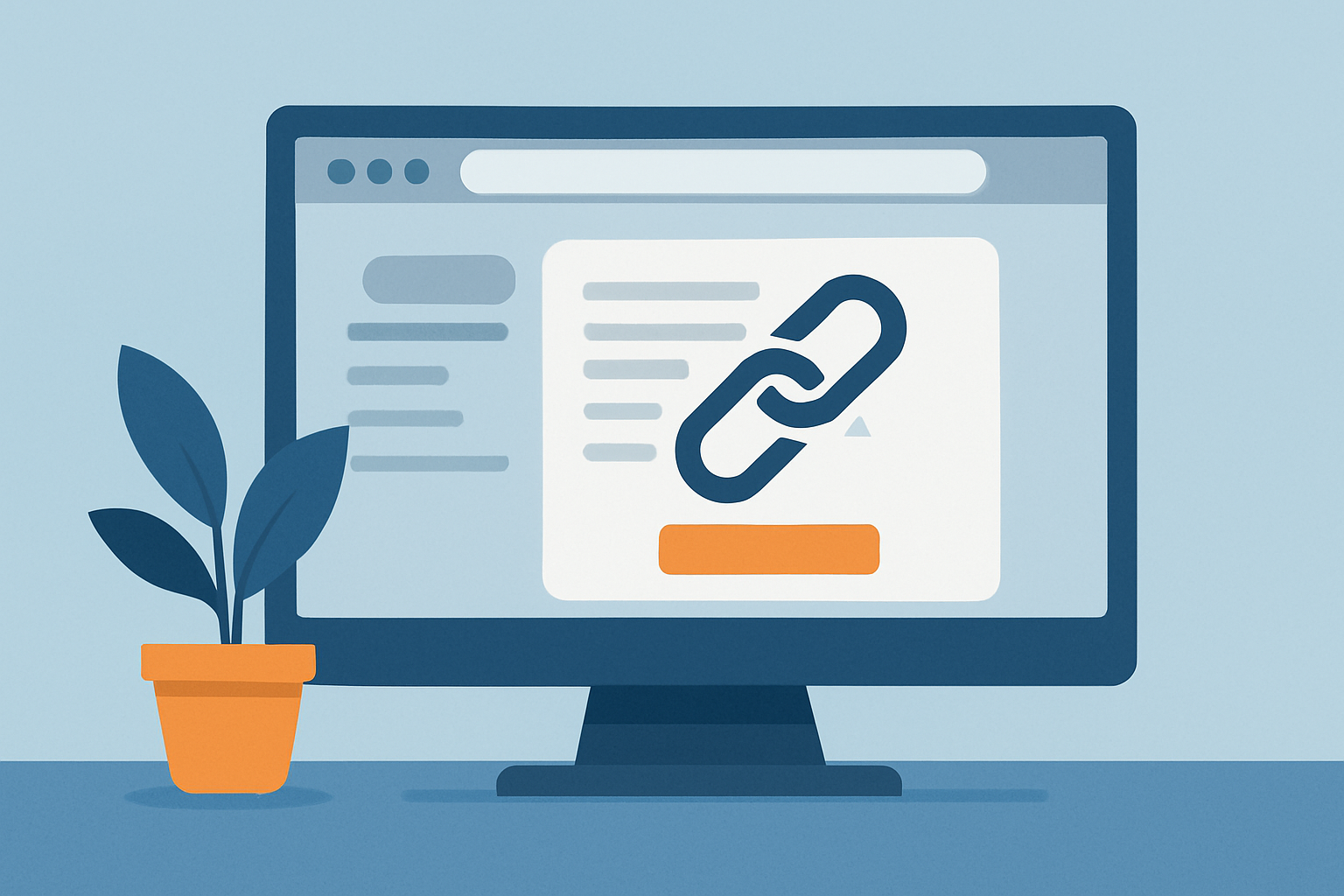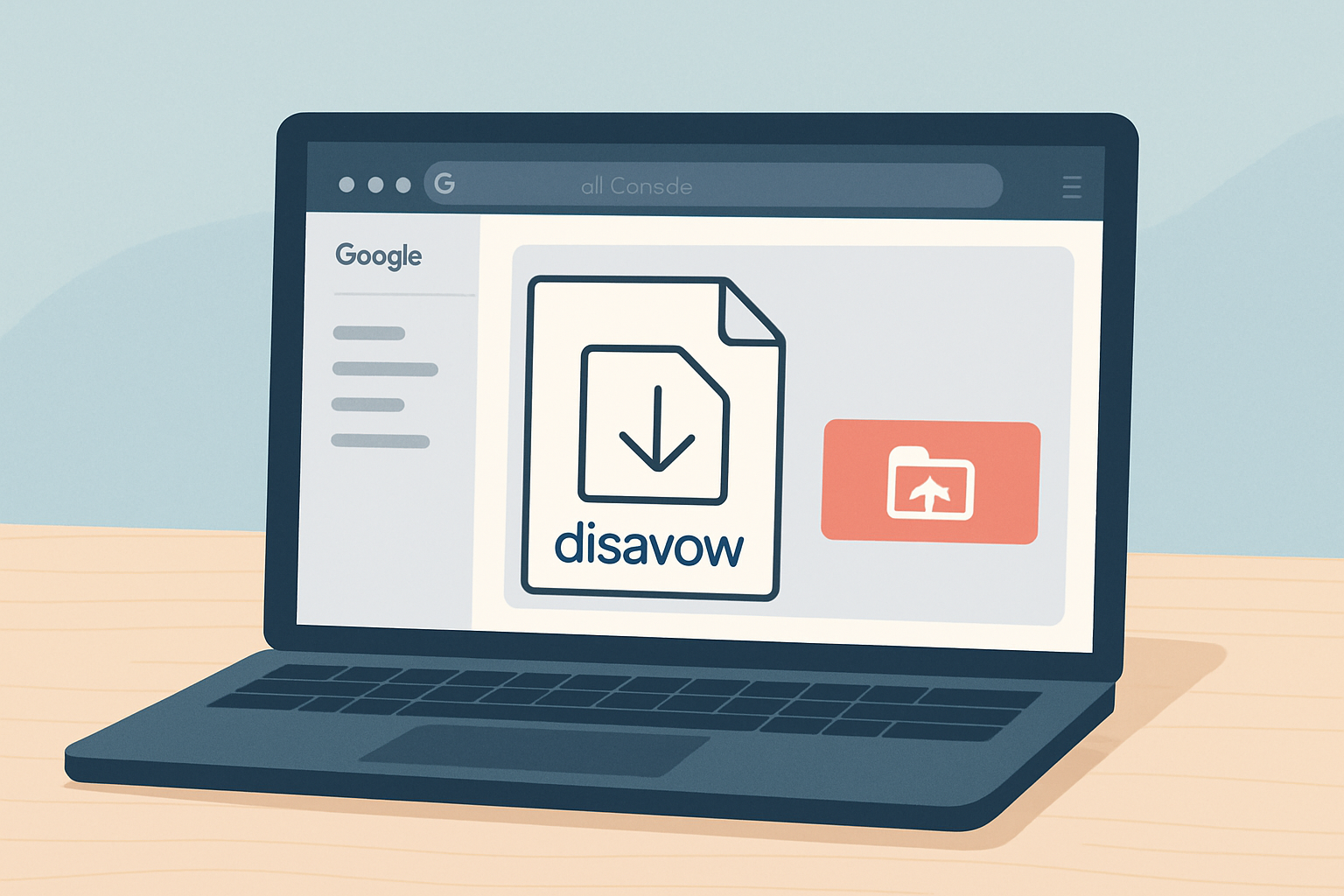Disavow Links Guide for Cleaning Up Bad Backlinks


Bad backlinks usually spring from low-quality or spammy websites that sneak in links to your site, and they can really throw a wrench in your SEO efforts. These links often stick out like a sore thumb to search engines, which might lead to penalties that drag down your rankings - that's when you might need to disavow links to protect your site's authority.
What Exactly Are Bad Backlinks and Why Do They Matter More Than You Might Think
Bad backlinks typically come from shady or unrelated sites and can really throw a wrench into your site's SEO efforts. Often these troublemakers originate from link farms, spammy directories or hacked websites.
- Links coming from link farms that seem to exist solely to game the rankings
- Spammy directories that clearly skipped the whole editorial review process
- Paid links that don’t exactly play by Google’s rulebook
- Links from sites that have been hacked or dragged into sketchy territory
- Backlinks tucked away inside irrelevant or just plain low-quality content
Getting Started with the Disavow Links Tool A Handy Guide to Taming Your Backlink Profile
Google’s Disavow Links tool is basically a way for site owners to give Google a heads-up about which backlinks to ignore when sizing up their site’s SEO. It’s mostly your go-to when you can’t just roll up your sleeves and remove those pesky bad links yourself.

Screenshot showing the Disavow Links tool in Google Search Console.
Step 1 Rolling Up Your Sleeves for a Backlink Audit
Kick off the link disavowal process by gathering a comprehensive list of backlinks pointing to your site. It’s a good idea to use trusted SEO tools like Google Search Console or Moz Link Explorer to collect all that backlink data.
Gather backlink reports from every SEO tool at your disposal. Don’t forget to grab free data from Google Search Console while you’re at it.
Next, merge all your backlink info into a single spreadsheet. This trick helps weed out duplicates and makes the review process easier.
Keep a sharp eye out for any fishy or unnatural links by digging into source domains and individual URLs. A little scrutiny goes a long way.
Then evaluate each link's quality by looking at metrics like domain authority, relevance and spam scores. You’ll want to separate the wheat from the chaff here.
Finally, when you are ready to act focus on the most damaging backlinks first before you start removing or disavowing. Prioritizing pays off in the long run.
Step 2 Tracking Down Those Links You’ll Want to Disavow
Not every low-quality link is worth rushing to disavow. It’s about spotting backlinks that do more harm than good versus those that are harmless or might even give your SEO a nudge. Keep an eye on key factors like domain authority, link relevance and any spammy red flags.
- Take a good look at the linking domain’s authority and trustworthiness using tools like Moz or Mangools because you want to be sure you’re dealing with someone reputable, not just a random site throwing links around.
- Consider how relevant the linking site’s content is to your niche or industry. A perfect match always beats a weak connection.
- Aim for a well-rounded backlink profile rather than relying on just a handful of sources. Putting all your eggs in one basket rarely turns out well.
- Watch out for anchor text patterns too. Over-optimized or spammy phrases are obvious red flags.
- Pay attention to where the link actually lands. Links buried in the footer or sidebar usually carry less weight or might even seem suspicious.
- Make sure to run spam scoring tools to identify domains in the danger zone. Those sites often cause Google penalties, and you really don’t want to get caught up in that.
The disavow tool can be a real lifesaver, but it works best when handled with care and only used when absolutely necessary. Overdoing it might actually backfire and hurt your site's performance, which nobody wants. Taking a moment to really analyze your links before hitting submit is a smart move—it helps you protect your SEO instead of accidentally stirring up trouble.
Step 3 How to Create a Disavow File The Not-So-Scary Version
Get yourself a plain text file ready listing all the domains or specific URLs you want to disavow. Be sure to nail the syntax so Google doesn’t get confused—mark domains with domain: and list individual URLs straight up, no prefixes needed.
| Example Entry | Type | Explanation |
|---|---|---|
domain:spamdomain.com | Domain-level | Disavows all links coming from the entire domain — no ifs, ands, or buts about it |
http:\/\/badlink.com\/page | URL-level | Disavows a specific page that’s linking to your site, cutting out the troublemakers one by one |
# This is a comment | Comment | Lines starting with '#' are simply ignored by Google, like polite whispers in a noisy room |
Just a heads-up: double-check there are no sneaky extra characters or formatting hiccups to avoid any headaches when you submit.
Step 4 How to Submit Your Disavow File to Google and Get It Right
Use Google Search Console’s dedicated disavow tool to submit your disavow file. Once you’re logged in, simply upload your file and Google will get the ball rolling on processing it. Usually, it takes a few weeks before you start seeing those changes reflected in search results—patience is definitely key here.

Screenshot showing the process of uploading a disavow file in Google Search Console.
After Submission Keeping an Eye on and Nurturing Your Backlink Profile Like a Pro
Once you’ve submitted your disavow file, it’s a good idea to keep a vigilant eye on your site’s SEO health—it’s a bit like keeping tabs on your garden after planting. Set up regular backlink audits using tools like Moz or Mangools, and don’t forget to enable alerts for any new backlinks sneaking in.
- Make it a habit to regularly use backlink monitoring tools so you are always aware of new and lost links.
- Schedule thorough backlink audits every three to six months. This is a smart way to catch any sneaky risks before they turn into bigger problems.
- Activate alerts to quickly spot sudden spikes in low-quality backlinks because catching these early can save you a lot of trouble.
- Don’t forget to refresh and resubmit your disavow file as soon as harmful links appear. Staying on top of this keeps your backlink profile healthy and strong.
Common Challenges and Tips for Steering Clear of Slip-Ups
Disavowing links can be a bit tricky and it’s easy to trip up. Accidentally disavowing reliable sites or missing those pesky Google manual actions can really throw a wrench in your SEO efforts. So it’s vital to do a thorough and careful analysis of your disavow links before hitting submit. Also, keeping your disavow file neatly formatted is more important than it sounds.
- Avoid tossing out high-authority, legitimate backlinks that actually give your SEO a nice little boost.
- Don’t turn a blind eye to those manual penalty notices from Google—they usually come with clear steps you’ll want to follow.
- It’s often worth reaching out to site owners first to politely ask for the removal of harmful links before diving into disavowal.
- Double-check that your disavow file sticks closely to Google's formatting rules to steer clear of any avoidable slip-ups.
Unlock Digital Marketing Success with Moz
Struggling to optimize your online presence? Moz is the ultimate Internet Marketing solution, empowering businesses with powerful SEO tools, insightful analytics, and expert guidance. Elevate your digital strategies and outshine the competition.
- Boost organic traffic with data-driven SEO tactics
- Enhance content marketing with expert recommendations
- Gain a competitive edge with comprehensive link analysis








